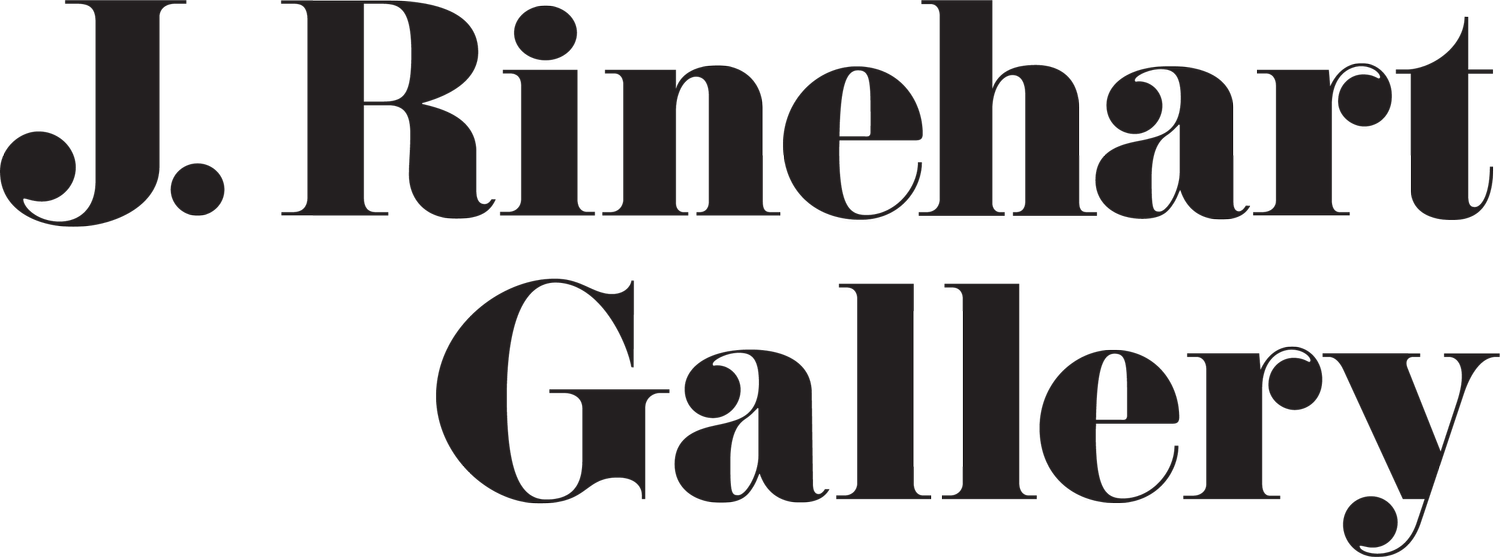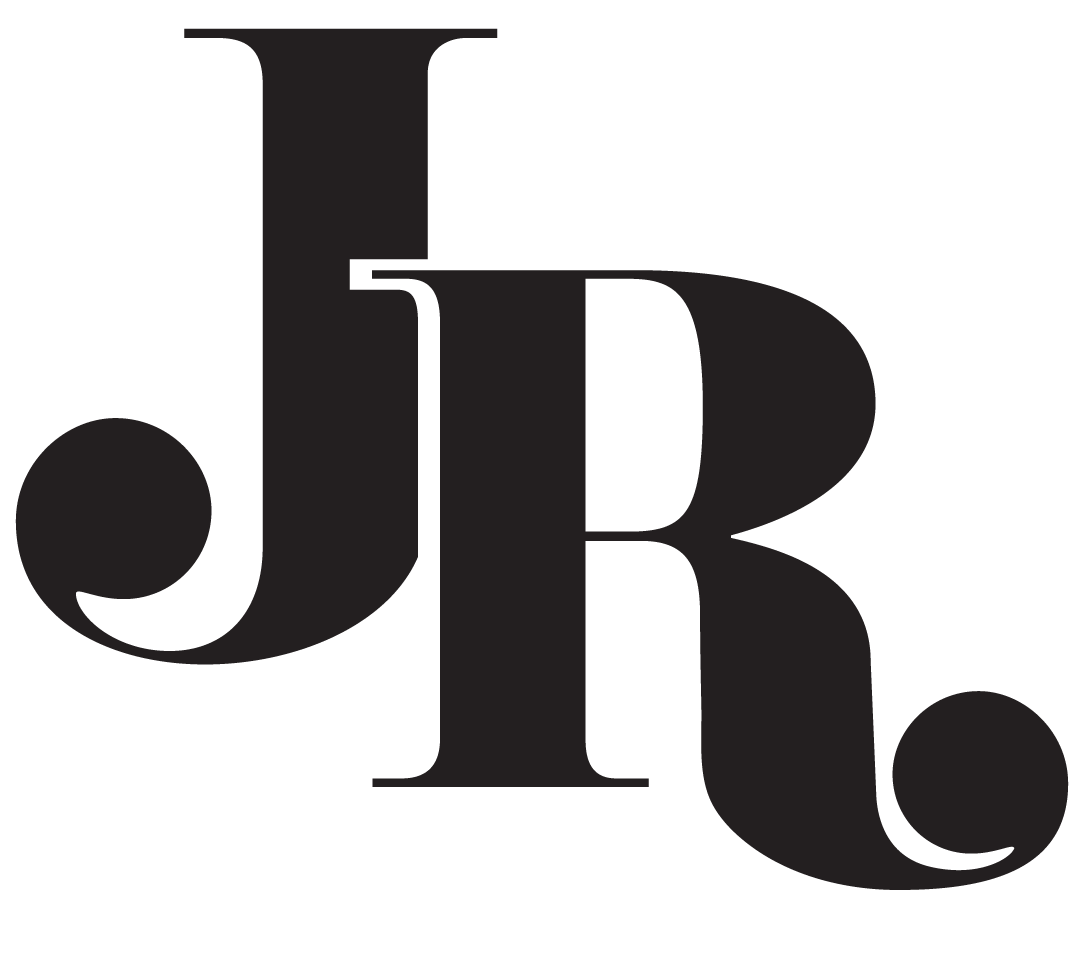
AS ABOVE, SO BELOW
AS ABOVE, SO BELOW
MAY 1 - 28, 2025
PUBLIC OPENING - FIRST THURSDAY, MAY 1, 2025, FROM 5-8PM
ARTIST TALK - SATURDAY MAY 17, 2025, at 1:00PM
J. Rinehart Gallery is delighted to announce our exhibition, As Above, So Below, featuring painter, Lauren Boilini, and photographers Melinda Hurst Frye and Chris Jordan. These three remarkable artists explore the divine beauty found on earth and in humanity’s relationship to the natural world.
As Above, So Below will be on view online and in the gallery May 1 – 28, 2025. A Public Opening reception will be held on First Thursday, May 1, 2025, from 5-8pm.
While not an attempt to ignore the dark realities of contemporary culture, the work exhibited in As Above, So Below offers the viewer a lens in which to experience and understand the microcosm of human beings and the macrocosm of the greater universe. The artists work in this exhibition presents the truths of our natural world and the value in recognizing the intrinsic importance of so many disparate ecosystems (be it environment, plants, animals, or mineral) to our humanity. The work in this exhibition asks the viewer to consider these fundamental truths of human nature and the nature of the universe.
Lauren Boilini’s maximalist paintings explore ideas of excess, bringing together the battles forged among species in the animal kingdom, which echo our own human behavior. Her imagery of birds, insects, snakes and other animals are piled up in frenzied, often violent conflict, become so intertwined that the individuals become indistinguishable and fall completely into the realm of pattern.
Melinda Hurst Frye’s photographic practice celebrates the ecology of the understory within the forests of the Pacific Northwest. The artist digs deep into the earth to witness and capture visual evidence of the natural cycles of growth, decay, and regeneration through her unconventional photographic process. Her field work bridges the poetry of art with biological sciences and reveals the similarities of this undergrowth to the life cycles of humanity, and to the philosophical life cycle of the cosmos.
Chris Jordan’s haunting images capture subtle tonalities found in the sea and sky at the southernmost tip of Patagonia looking out over the Strait of Magellan. His time spent in this remote part of the world has turned his attention to a landscape that many people will never see first-hand but will feel the lasting effects of the changes to its ecology.
-
AS ABOVE, SO BELOW
Exhibition StatementAs Above, So Below brings together three remarkable artists exploring the divine beauty found on earth and in humanity’s relationship to the natural world. As we grapple with increased global industrialization and the rollback of environmental protections, the work of these artists reminds us of the exquisite and deep connections that humanity has to our environment.
While not an attempt to ignore the dark realities of contemporary culture, the work exhibited in As Above, So Below offers the viewer a lens in which to experience and understand the microcosm of human beings and the macrocosm of the greater universe. Philosophers in ancient Greece understood the universe as one great living being, and posited that the same laws, principles, and characteristics apply to all planes of existence
"As above, so below; harmony is the great law of nature.”
As Above, So Below presents the truths of our natural world and the value in recognizing the intrinsic importance of so many disparate ecosystems (be it environment, plants, animals, or mineral) to our humanity. The work in this exhibition asks the viewer to consider these fundamental truths of human nature and the nature of the universe.
ABOUT THE ARTISTS
Chris Jordan’s haunting images capture subtle tonalities found in the sea and sky at the southernmost tip of Patagonia looking out over the Strait of Magellan. His time spent in this remote part of the world has turned his attention to a landscape that many people will never see first-hand but will feel the lasting effects of the changes to its ecology. In describing his experience while creating this work, he states:
“The centering space of the horizon beckons the soul toward a widening perspective. Time stretches out, and inside the changing landscape, a stillness reveals itself. This experience doesn’t solve any of our problems, but in the increasing chaos of our world, I find that beauty does offer a container, a soft place like a nest, where the heart can pause, listen, and remember.”
Melinda Hurst Frye’s photographic practice celebrates the ecology of the understory within the forests of the Pacific Northwest. The artists digs deep into the earth to witness and capture visual evidence of the natural cycles of growth, decay, and regeneration through her unconventional photographic process. Her field work bridges the poetry of art with biological sciences and reveals the similarities of this undergrowth to the life cycles of humanity, and to the philosophical life cycle of the cosmos. Of her latest images she states:
Blavatsky, Helena P. (1877). Isis Unveiled: A Master-Key to the Mysteries of Ancient and Modern Science and Theology. Vol. 1–2. New York: J. W. Bouton.
“Their beginnings are silent as their threads move through the soil beneath the surface. The cycle calls for a union with time, nearby roots, and the decay of the forest floor. As their fruits emerge, they will exhale their spores into the air to perform the process once more. Quiet Fruit is an evolving and growing body of work about fungi, spores and regeneration.”
Lauren Boilini’s maximalist paintings explore ideas of excess, brining together the battles forged among species in the animal kingdom, which echo our own human behavior. Her imagery of birds, insects, snakes and other animals are piled up in frenzied, often violent conflict, become so intertwined that the individuals become indistinguishable and fall completely into the realm of pattern. In discussing how she develops her work, she states:
“I continuously seek and study epic narratives, creating my own for each work. I am fascinated with crowds of beings converging in one space at one time. This includes religious practices, festivals, political gatherings, orgies, feeding frenzies, stampedes, riots, migrations, etc. The pattern and beauty that emerges from these chaotic scenes pulls me into the studio to recreate that same energy.”
AVAILABLE ARTWORK COMING SOON

5 YEAR ANNIVERSARY EXHIBITION
5 YEAR ANNIVERSARY EXHIBITION
Celebrate 5 years with J. Rinehart Gallery
J. Rinehart Gallery’s 5 Year Anniversary Exhibition brings together a collection of new work by a select group of our gallery artists and introducing new partnerships.
Our 5 Year Anniversary Exhibition will be on view online and in the Gallery November 26 - December 21, 2024. An Opening Reception will be held First Thursday, December 5, 2024, from 5-8pm.

MELINDA HURST FRYE | The Workers (of the Forest Floor)
MELINDA HURST FRYE
THE WORKERS
(OF THE FOREST FLOOR)
J. Rinehart Gallery announces The Workers (of the Forest Floor) the much-anticipated solo exhibition of new work by Seattle-based Photographer, Melinda Hurst Frye. Based on the unique ecology of the forest understory of the Pacific Northwest, The Workers references the found characters, fungal and other, and their partnerships within the forest floor.
The Workers (of the Forest Floor) will be on view online and in the gallery May 14 – June 18, 2022. An opening reception will be held in the gallery Saturday May 14, 2022, from 3-6pm. The Gallery will be hosting an artist Meet & Greet – tentative date to come.
Melinda Hurst Frye aims to slow the process of looking into an experience of discovery by way of observation, experimentation, and slow investigation of the forest floor and low-lying urban nature. The photographic imagery references the activity of forested ecosystems that are layered with a sense of place.
Her photographic practice centers on themes of ecology and place, through images made with both high-resolution flatbed scanner and camera to ignite wonder and stewardship in the viewer with the ecology of the Pacific Northwest region.
In conjunction with the exhibition, an exhibition catalog will be published with an essay written by arts writer and editor, Lauren Gallow.
Of her work, Hurst Frye says: “Slime mold migrates, changes shape, and decomposes its host. The fungal hyphae in the forest floor exchanges nutrients and signals between the trees, while other fungi recycle the fallen wood and return the deadfall to earth. The minerals inside of us today once passed through lichen as a result of its primeval labor, and gradually breaks down rock. The Workers is about the slow churning that takes the forest apart, so it may become again.”
Melinda Hurst Frye holds an MFA from the Savannah College of Art and Design, a BFA from Pacific Northwest College of Art, and has been featured on Humble Arts Foundation, Lenscratch, WIRED Photo. Melinda may be found digging holes, collecting, and raising insects, while learning and making work about the biology of the northwest region and beyond.
-
MELINDA HURST FRYE
Exhibition StatementThe Workers (of The Forest Floor)
Based on the unique ecology of the forest understory of the Pacific Northwest, The Workers is new work by Melinda Hurst Frye referencing the found characters, fungal and other, and
their partnerships within the forest floor. Slime mold migrates, changes shape, and decomposes its host. The fungal hyphae in the forest floor exchanges nutrients and signals between the trees, while other fungi recycle the fallen wood and return the deadfall to earth. The minerals inside of us today once passed through lichen because of its primeval labor gradually breaking down rock. The Workers is
about the slow churning that takes the forest apart, so it may become again. The Forest Floor is an ongoing observation and bearing of witness to the brilliance of urban and active forests, celebrating the smallest of natural efforts and champions. By way of observation, experimentation, and slow investigation in the field, the imagery references the activity of forested ecosystems that are layered with a sense of place.
Hurst Frye’s work leans toward the ecology of the Pacific Northwest region, with the goal of bridging the concepts of natural science with the poetry of art to ignite wonder and stewardship in the viewer.













